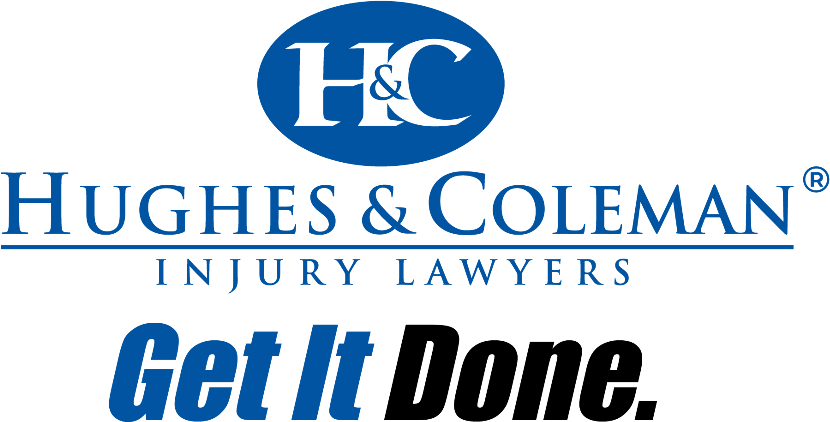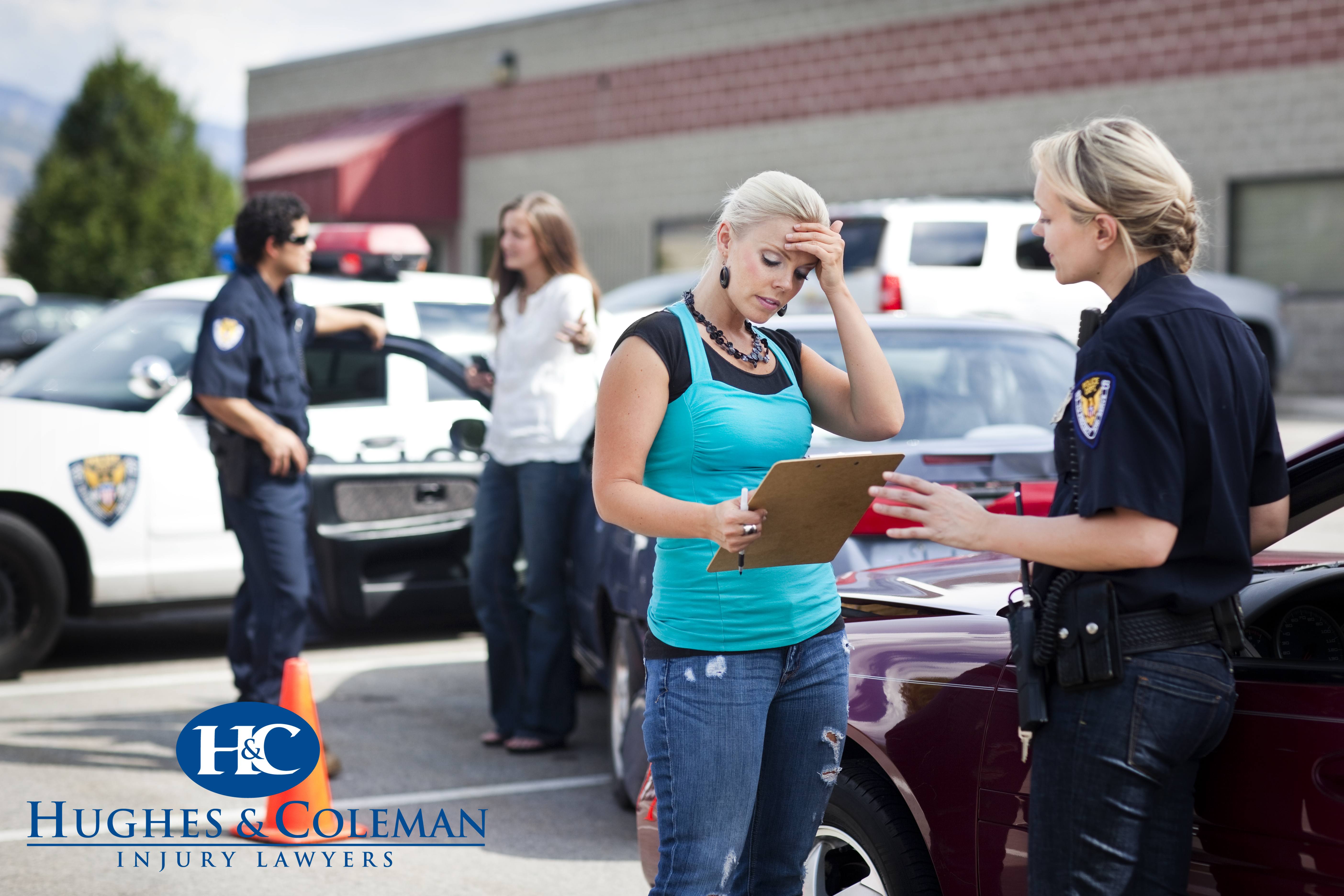-

With more than 6 million police-reported incidents a year, motor vehicle crashes and their aftermath arguably constitute one of the most common situations in which a person may find himself in need of legal advice. The problem that usually presents itself in such a scenario is establishing car accident liability; that is, who, and to what extent, was the party responsible for the accident and the damage, or injuries, that followed. This means that the person who claims to be innocent needs to be able to prove that the other driver was at fault. Settling this issue is of utmost importance following a car crash because it determines whose insurance will cover repair costs or a potential damages claim. This raises an important question for accident victims: what exactly is involved in proving fault?
Defining Fault
In broad terms and in most circumstances, in the case of a collision, a person is typically found at fault as a consequence of displaying either recklessness or negligence. The former describes an act or behavior that constitutes “an extreme departure from the standards of ordinary care”; in other words, recklessness is willfully engaging in acts that are likely to cause harm. An example of a situation in which the driver’s conduct may be said to have demonstrated features of recklessness is a recent incident that occurred on Murphy Avenue in Ferguson, Kentucky on Sunday, March 19th of this year.
In the above-mentioned occurrence, Rudiviel Rodriquez-Gomez was taken into custody and charged with multiple offenses after his vehicle crossed the centerline and almost caused a head-on collision with the car of Seath Whiles, a Pulaski County Sheriff’s Office deputy. Deputy Whiles was able to sharply pull over to the right and avoid a direct impact; however, his car was struck anyway and, as a result, suffered considerable damage while the deputy himself sustained some injuries to the wrists. Rodriguez-Gomez was placed under arrest by Deputy Allen Shirley, who was following Deputy Whiles at the time and witnessed the whole situation. Shirley observed Rodriquez-Gomez was using his cell phone when stopped. Analysis of blood samples taken from the suspect under search warrant apparently revealed he had been driving under the influence. As a result, Rodriguez-Gomez was charged with numerous offenses including careless driving, communication device violation, DUI, driving without a licence, driving without insurance, driving without a registration receipt, failure to wear a seatbelt, first-degree wanton endangerment of a police officer, and fleeing the scene of an accident – failure to render aid or assistance.
In the case of this accident, clear and striking misconduct of the at-fault party, availability of evidence, as well as the presence of the other deputy who could serve as a witness, made establishing liability a clear-cut process. Proving fault can be more difficult, however, if the fault occurs due to negligence. Negligence can be defined as “a failure to behave with the level of care that someone of ordinary prudence would have exercised under the same circumstances”. More specifically, negligence is defined against 5 constitutive factors:
- a duty towards the plaintiff (in the case of motor vehicle situations a driver has a basic duty towards other users of the road to observe traffic rules)
- a breach of the duty (for example, disobeying some traffic rules)
- a causal relationship between the breach of duty and the harm done
- the proximate cause, which is the question of proving that the harm done or injuries sustained are a foreseeable consequence of the defendant’s actions
- the injury sustained may be compensated by paying damages
Rear End and Left-Turn Collisions
When it comes to motor vehicle crashes, there are two scenarios in which all of the above factors are almost invariably present and evident, thus there is little or no need to gather evidence of the fault. The first scenario is a rear end collision – the driver whose car hits another from behind will be, in the grand majority of the cases, found to be at fault. This is due to the fact that road safety principles presume that the driver should always maintain a safe distance from the car driving in front of him; a rear end collision is usually thought to manifest the lack of proper care and precaution, thus demonstrating negligence. The second scenario where the negligence of the at-fault party is self-evident is a left-turn collision. In this case, the driver taking the left turn almost always will be found at fault as not ceding to the right of way of the car coming straight.
Sources of Evidence
As stated before, however, the circumstances of a great number of motor vehicle crashes are not that clear cut; the injured party may need to prove fault of the defendant – if not in the court of law, at least to the insurance company of the driver presumed to be guilty of negligence. Thus, there may be a need to gather evidence. The following list presents some of the viable ways of collecting data supportive of fault claims:
- If any independent witnesses are present at the scene of the collision, taking down their testimonies can be a good first step towards proving fault; obtain names, telephone numbers, and addresses of the witnesses, if possible.
- Photographing any damage sustained by the vehicle should take place as soon as possible; this may prove to be a great help with obtaining compensation from the insurance company
- Dash cam footage is another source of evidence accepted both by insurance companies as well as in a court of law (although should only be used if legal in a given jurisdiction).
- Obtaining a copy of the police report of the accident is advised as the report should contain an analysis of the collision and its circumstances as well as the information of citation for traffic rules violation that points to the guilty party.
- Records from repair shop constitute another independent source of damage evidence which may be then used, for example, to establish the sequence of the collision.
- Researching traffic laws can also help the injured party to strengthen their claim by pointing to additional or ambiguous transgression the defendant may have committed.
Avoid Weakening the Fault Claim
Although a car crash is a highly stressful situation, maintaining composure and good judgment is indispensable as it may protect the injured party from unwittingly weakening their claim. Thus, commenting on the extent of damages or injuries sustained or discussing the circumstances of the incident with third-parties (apart from the police, the injured party’s lawyer or their insurance company) should be avoided as any piece of information given heedlessly may be used against the party trying to prove fault.
Proving fault and establishing liability is not always a straightforward enterprise. In a few cases, such as rear end or left-turn collisions, the fault is usually self-evident; in most cases, however, the victim and his or her attorney will need to systematically gather evidence supporting their claim while being wary of actions that may weaken it.
Get In Touch Today!
We offer free consultations 24/7 and there will always be someone here to take your call. Call our personal injury lawyers today for a free consultation or fill out this form and we will contact you.
We serve clients across Tennessee and Kentucky and we have several offices throughout both states. See all of our locations and contact us today.


